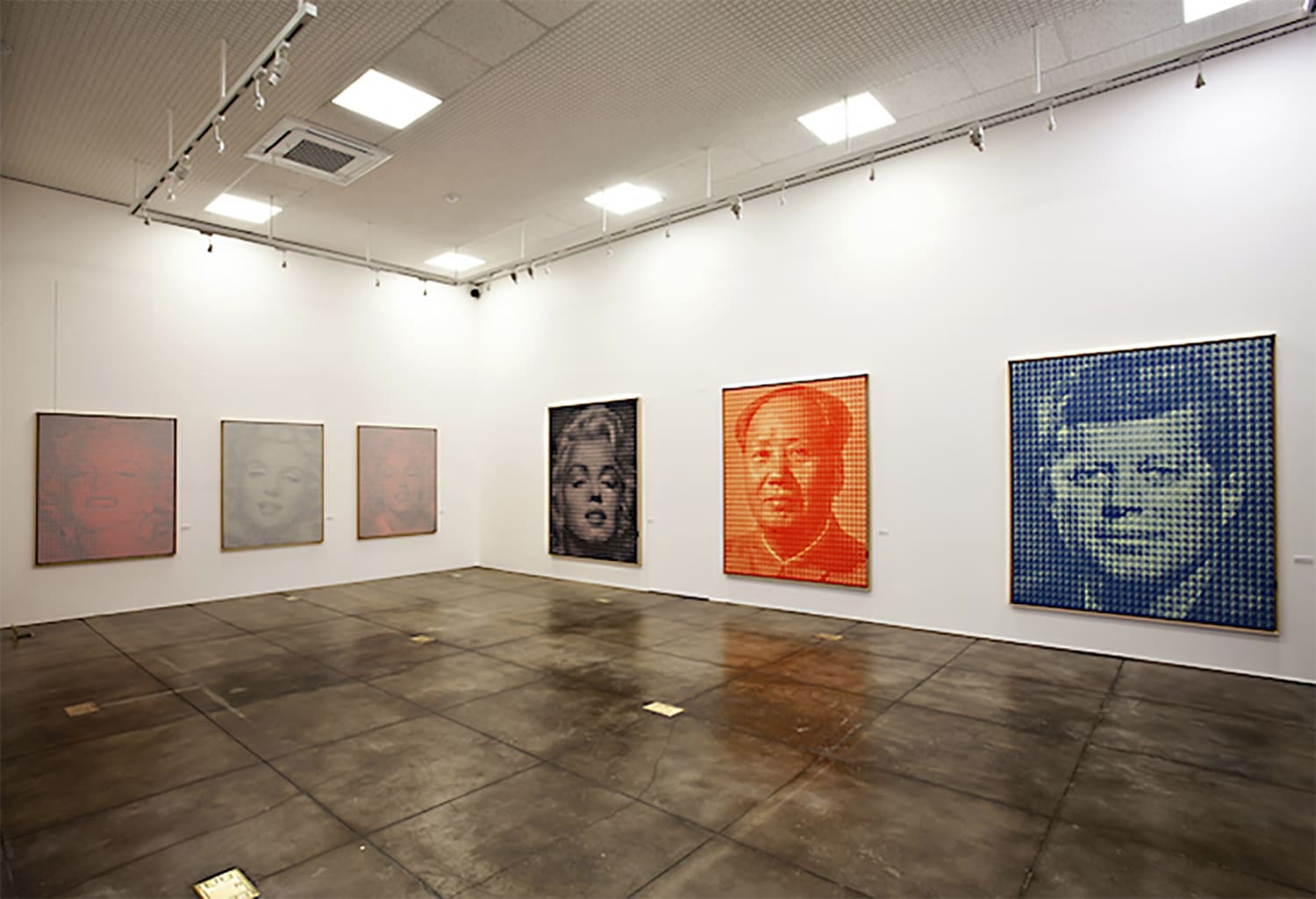Kim Dong Yoo: Portrait
Pop Art began settling in as the mainstream in the 60s; which transcended into a new power and subsequently emancipated Western art world from the bondage within obsession of 'image creation'. With an exception of an initial attempt (Readymade) by Marcel Duchamp (1887-1968); who all together lacked sufficient power to shake the plateau of art world. Rather it was viewed as an orthodoxical encouragement for what was to come in the near future. It is rare to find such genres like Pop Art, proactively engaging with changes in societies and industrial advancements, and closely netting with its foundations. Following the Second World War, 'The Mass Production System', which became the norm and the base of economy in the capital industry turned its focus on the private market in order to sustain dominion and justify the previous production system. Coincidently, the timely arrival of trends in television watching, booming film industry, and color printing all had contributed unprecedented levels of demand in image enlargement and mass reproduction.
Images that were constantly reproduced through TVs and advertisements in print media along with Hollywood stars, concurrently acquainted as contemporary icons and loyal agents of industrial capital, embedded psychological fantasy that material affluence was the axis of the 'American Dream'. As a result, companies like Coca-Cola and Campbell Soup who reacted to the market elastically with sharp agility to these social changes became one of the essential brand names wanted by the consumers.
The advocates of Pop Art’s first generation, Andy Warhol (1928−1987), Roy Lichtenstein (1923−1997), and James Rosenquist (b. 1933) all share common grounds that they all had prior occupations in the fields of commercial art, including advertisement illustration and layout design. Traditional art which compels into the subjectivity of materials, expressive techniques, obsession with innovation and the strictness of production processes were seemingly absolute to them; respectively they created, distorted and extended images using various techniques on a demand basis according to each season and by consumer. Their attempt towards mechanical production methods, which was often too much like copying impulsive and depersonalized images on canvases, became the core ideas and techniques that penetrated and established Pop Art. Consequently, the images such as the Campbell Soup logo reproduced infinitely by the media, filled the shelves in the supermarkets and the walls of the galleries on desolate outskirts of cities. Although it is essentially different, like objects that were packaged in same images, Pop Art firmly staged into a new artistic movement brought about by the social impact of post-war America that stimulated materialism.
